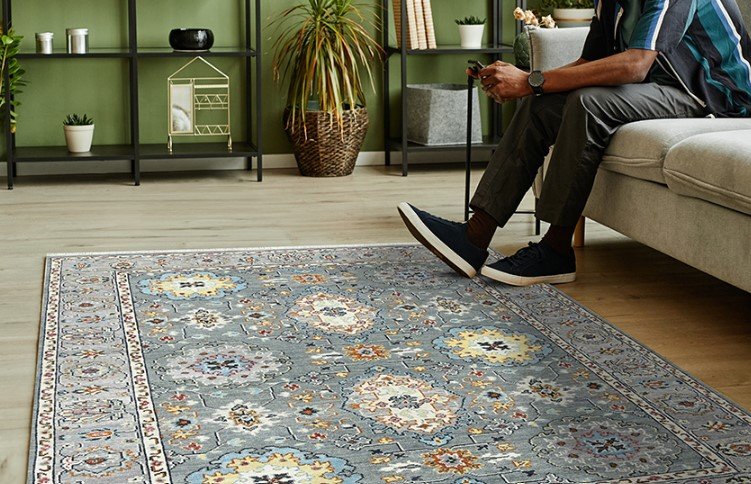Porcelain Platters: Crafting Beauty for Your Tabletop

When it comes to enhancing the elegance of a dining table, nothing speaks of sophistication quite like porcelain platters. These pieces are not just tableware; they are a statement of style and a testament to the art of dining. Their smooth surfaces and refined edges make them effortlessly become the centrepiece of any meal, inviting admiration and conversation. Their pristine whiteness also provides the perfect backdrop for showcasing vibrant food colours and textures.
The Timeless Appeal of Porcelain
Porcelain has been revered for centuries for its delicate appearance yet robust nature. The making of porcelain trays involves a meticulous process, ensuring each piece is both visually appealing and durable. Unlike other materials, porcelain holds a luminous quality that adds a touch of grace to any setting.
This timeless material not only elevates the aesthetic of a meal but also stands the test of time, resisting chips and cracks with remarkable resilience. Furthermore, the non-porous nature of porcelain ensures it does not absorb flavours or odours, maintaining the purity of your culinary creations.
The Artistry Behind Each Piece
The creation of a porcelain tray is an art form in itself. Skilled artisans shape and mould the clay, carefully firing it at high temperatures to achieve that signature translucent finish. The surfaces are often adorned with intricate designs, ranging from classic florals to contemporary abstracts, making each tray a unique work of art.
These designs can be deeply personal or culturally significant, often telling a story or capturing a moment in artistic expression. The attention to detail in each brushstroke or pattern reflects a dedication to craftsmanship that is rarely found in mass-produced items.
Versatility in Function and Style
One of the most striking features of porcelain trays is their versatility. These trays work well for any type of gathering, be it a formal dinner or a laid-back brunch. Their various shapes and sizes accommodate a wide range of culinary delights, from appetisers to main courses, enhancing the presentation of each dish. This versatility extends beyond function to style, as porcelain trays can complement any table setting, from rustic to modern decor. They also serve as a blank canvas for chefs and hosts to express their culinary creativity.
Caring for Your Porcelain
While they may look delicate, porcelain trays are surprisingly easy to care for. They are typically dishwasher safe, although hand washing is recommended for those with intricate designs or gold trim. Proper care ensures these trays can be enjoyed for generations, becoming treasured heirlooms. Additionally, avoiding harsh abrasives and sudden temperature changes can preserve their pristine condition and lustrous sheen. Regular maintenance ensures these elegant pieces retain their beauty and functionality over time.
The Sustainable Choice
In an age where sustainability is key, porcelain stands out as an eco-friendly option. It’s a natural material, free from plastics and harmful chemicals. Choosing porcelain trays means opting for a product that is not only beautiful but also kind to the planet. The longevity of porcelain also contributes to its sustainability, as these trays do not need frequent replacement, reducing waste and promoting a more sustainable lifestyle. Moreover, by choosing a renewable and recyclable material like porcelain, consumers make a positive impact on the environment.
In conclusion, porcelain platters offer more than just a surface to serve food; they bring an element of beauty and elegance to any tabletop. Their timeless appeal, combined with functionality and sustainability, makes them a perfect choice for anyone looking to elevate their dining experience.
With their unique blend of artistry, versatility, and environmental friendliness, porcelain trays are an essential component of any discerning host’s collection. These trays not only serve meals but also serve as a symbol of refined taste and environmental consciousness.



